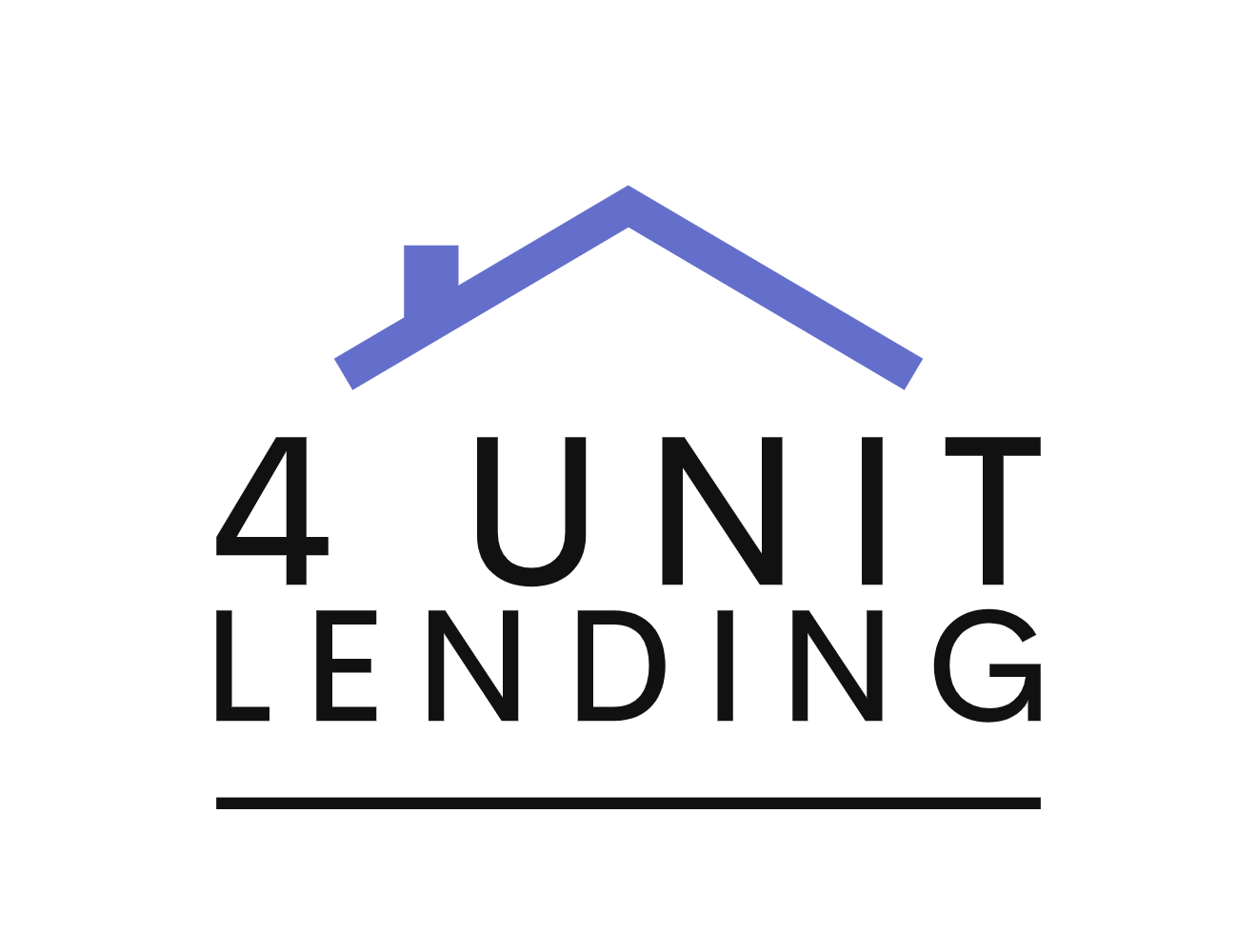When evaluating real estate investment opportunities, a critical question arises: how do you assess whether a deal is worth pursuing?
Unlevered cap rates allow investors to assess the true worth of a property without considering debt. By prioritizing solid unlevered returns and ensuring that leverage adds value, investors can make more informed decisions and avoid deals that are overly dependent on debt.
What is an Unlevered Cap Rate?
The unlevered cap rate measures the pure return on a property without factoring in any leverage or financing. It’s calculated by dividing the property’s net operating income (NOI) by its purchase price. The unlevered cap rate offers a clear view of a property’s performance. This clarity simplifies comparisons with other investment opportunities. By focusing on the unlevered cap rate, investors can make informed decisions. They can identify strong deals based solely on income potential.
In many cases, the unlevered return must be greater compared to other available opportunities between single-family homes and multifamily buildings. Investors looking at unlevered returns can assess how properties measure up against each other in various market segments.
Historical Context: The Shift in Cap Rates
Over the years, cap rate trends have shifted significantly in the real estate investment space. In the years following the 2008 financial crisis until around 2012, single-family homes were often considered under-appreciated assets. Multifamily properties in desirable areas typically traded at cap rates of around 7%. However, nearby single-family homes traded at 9% cap rates. Despite being in the same locations, single-family homes were often overlooked, creating a “mispriced asset” opportunity. However, as the market began to recover around 2012 and demand for single-family homes increased, investor interest grew, leading to a reevaluation of their value.
For savvy investors, this represented a chance to capitalize on higher returns by focusing on single-family homes in areas dominated by multifamily investments. For years, these homes provided better unlevered returns, but recently this trend has reversed. Multifamily properties now frequently offer greater unlevered cap rates compared to single-family homes in the same neighborhoods. This shift underscores the importance of keeping up with market trends to adjust investment strategies.
The Role of Leverage
Unlevered cap rates are important for evaluating the quality of an investment deal, but using borrowed money (leverage) can help increase returns. However, leverage should not be the main reason for making an investment. The deal must make sense on an unlevered basis before considering how debt could amplify returns.
Leverage can be a powerful tool, but it should always be accretive—meaning it should enhance the deal without introducing unnecessary risk. Some investors mistakenly rely on high levels of debt to justify deals that may not provide strong returns without leverage. Securing an attractive unlevered cap rate first, then using leverage to enhance the overall return, represents a more sustainable approach.
Evaluating the Cost of Capital and Asset Returns
An important factor in the leverage equation is the spread between the cost of capital (interest rates) and the return on the asset. It is crucial for long-term success to ensure there is a healthy margin between the property’s income and the cost of the debt. Investors should aim for returns on the asset that comfortably exceeds the cost of financing, allowing for manageable mortgage payments and solid cash flow.
A deal that requires a large down payment—like 50%—to make the mortgage feasible may indicate over-leverage or weak asset returns. This could erode overall returns and increase risk.
Final Thoughts for Investors
Focusing on unlevered returns and using leverage as an enhancement rather than a necessity is a smart strategy in today’s market. As cap rate trends shift, it’s essential to stay flexible and continuously assess whether multifamily or single-family properties offer the best opportunities.

